This month, I have a new short story out in Plott Hound Magazine Issue 2 – a very new and very exiting magazine all about animal POVs, which is one of my favorite genres, so I’m happy to contribute a marine story to it. It’s a tiny tale, but it touches on topics that are very close to me: animals and death. The things that brought it forward were a loss, of course, and the wonderful Playing Possum: How Animals Understand Death by Susana Monsó, a non-fiction book about comparative thanatology which investigates what animals could possibly know of death (spoiler: a lot!) Oh, and playing Spiritfarer, a premium piece of death fiction if there ever was one.
If you are comforted by the thought of the Rainbow Bridge (originally written in the late 1950s), by all means, take every bit of solace you can from it – it’s sweet and important and hey, who doesn’t want happiness forever for lost puppers?
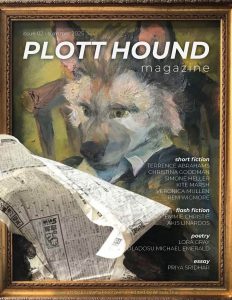 Alas, for me it always fell short. It’s as if we can’t imagine animals having a lot of agenda or deep inner lives, and therefore also no complexity for their possible afterlife. And since my heart beats for ocean biomes and marine life, I wrote of an ocean beyond, beyond the mouth of the River Lethe, and what it would mean to explore it.
Alas, for me it always fell short. It’s as if we can’t imagine animals having a lot of agenda or deep inner lives, and therefore also no complexity for their possible afterlife. And since my heart beats for ocean biomes and marine life, I wrote of an ocean beyond, beyond the mouth of the River Lethe, and what it would mean to explore it.
I wanted “In the Sea of Binary Stars” to be somewhat open, too – anyone can imagine going to an ocean beyond, dream of swimming free in an endless sea, that’s not limited to certain species. But if you can’t guess and want to know who exactly I wrote this story for, whose little lives often slip away in no time, there’s a hint in my bio accompanying the story.
Thank you to Allison Thai of Plott Hound Magazine for giving “In the Sea of Binary Stars” a home, and to Jennifer Hudak and Aimee Ogden for being my first readers! And thank you, (potential) reader, for considering supporting the magazine. This might not be the last animal story I write, because at this point, why not accept that human POV is not for me?

 Anyway, if you’ve been waiting to read “Forever the Forest”, now is the time, because the lovely people at Escape Pod published it as a reprint, and it’s available to
Anyway, if you’ve been waiting to read “Forever the Forest”, now is the time, because the lovely people at Escape Pod published it as a reprint, and it’s available to  The Year’s Top Tales of Space and Time 4 is out now, so you’re able to feel rootless all over again while visiting the woodlands, plus a fine selection of 13 other stories. It’s a particular joy to share the ToC with Rich Larson’s “Heavy Lies” again – one of my absolute favorites from Life Beyond Us.
The Year’s Top Tales of Space and Time 4 is out now, so you’re able to feel rootless all over again while visiting the woodlands, plus a fine selection of 13 other stories. It’s a particular joy to share the ToC with Rich Larson’s “Heavy Lies” again – one of my absolute favorites from Life Beyond Us.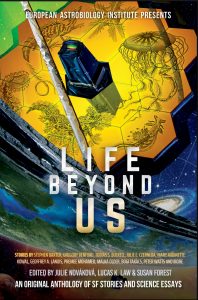
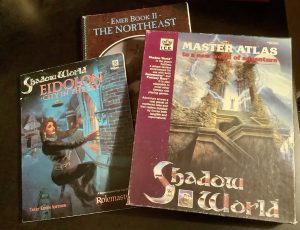 has always been more diverse in ways high fantasy (rpgs) at this time simply weren’t. And it has been developed to be ever more so, because Terry stayed, uncovering bits and pieces, telling the story, the multitude of histories and seeds and glimpses that made his world come alive.
has always been more diverse in ways high fantasy (rpgs) at this time simply weren’t. And it has been developed to be ever more so, because Terry stayed, uncovering bits and pieces, telling the story, the multitude of histories and seeds and glimpses that made his world come alive.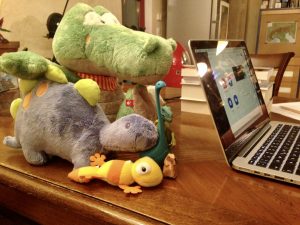
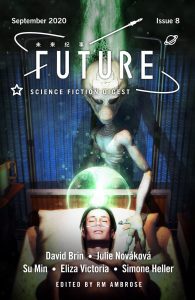 First of all, phew! All my writing attempts since 2018 got shelved during first draft, and while people kept congratulating me on my last story, I plunged into a pitch-black hole. Then along came this healthcare prompt to yank me out of my comfort zone, with a tight deadline on top. And here we are, finished story! “Keloid Dreams” originated in thoughts about healthcare getting under your skin via implanted sensors, combined with the idea of robots caring for people. How would they become accepted, what would their humanizing features have to be so that you’d trust them with your parents?
First of all, phew! All my writing attempts since 2018 got shelved during first draft, and while people kept congratulating me on my last story, I plunged into a pitch-black hole. Then along came this healthcare prompt to yank me out of my comfort zone, with a tight deadline on top. And here we are, finished story! “Keloid Dreams” originated in thoughts about healthcare getting under your skin via implanted sensors, combined with the idea of robots caring for people. How would they become accepted, what would their humanizing features have to be so that you’d trust them with your parents?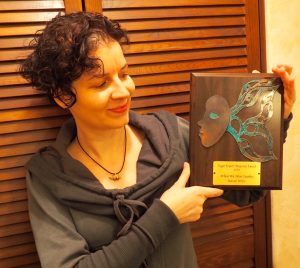 I deeply regret I wasn’t able to be in Atlanta for the award ceremony personally – financial and health issues upset my plans to go. I celebrated two times, though – once in the middle of the night when I discovered on Twitter that my story had won, and a second time when the beautiful plaque designed by
I deeply regret I wasn’t able to be in Atlanta for the award ceremony personally – financial and health issues upset my plans to go. I celebrated two times, though – once in the middle of the night when I discovered on Twitter that my story had won, and a second time when the beautiful plaque designed by